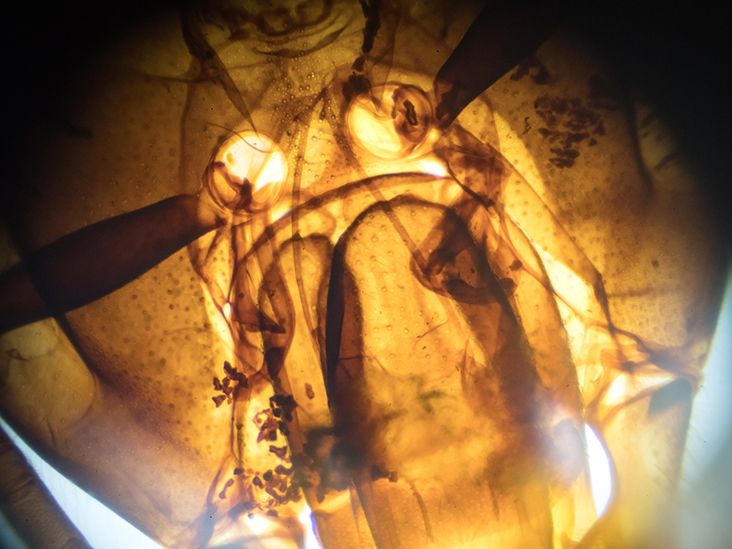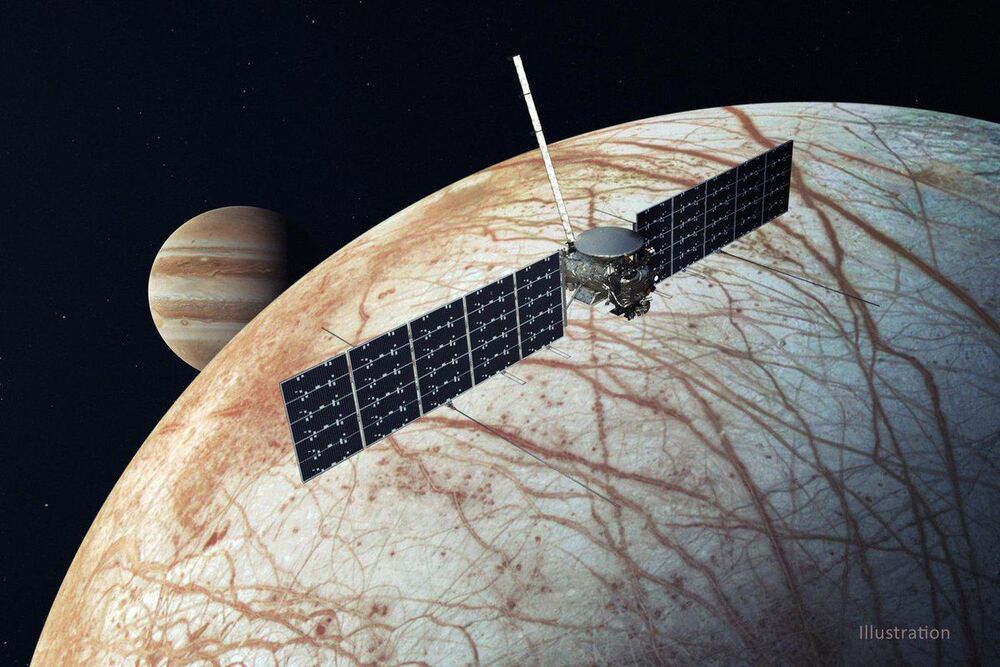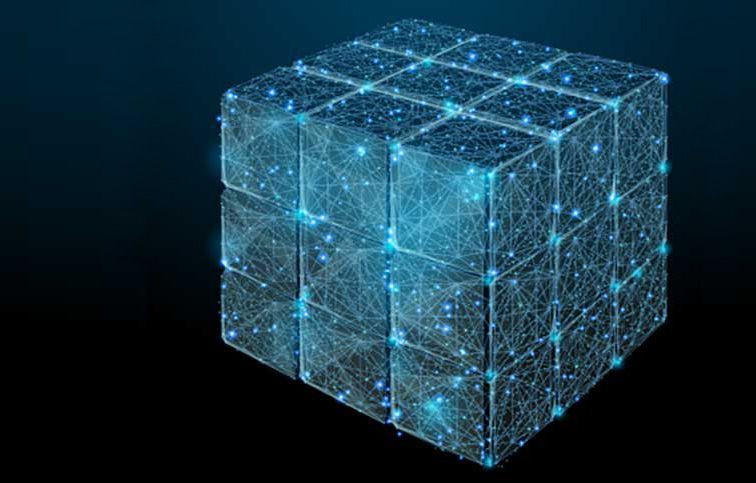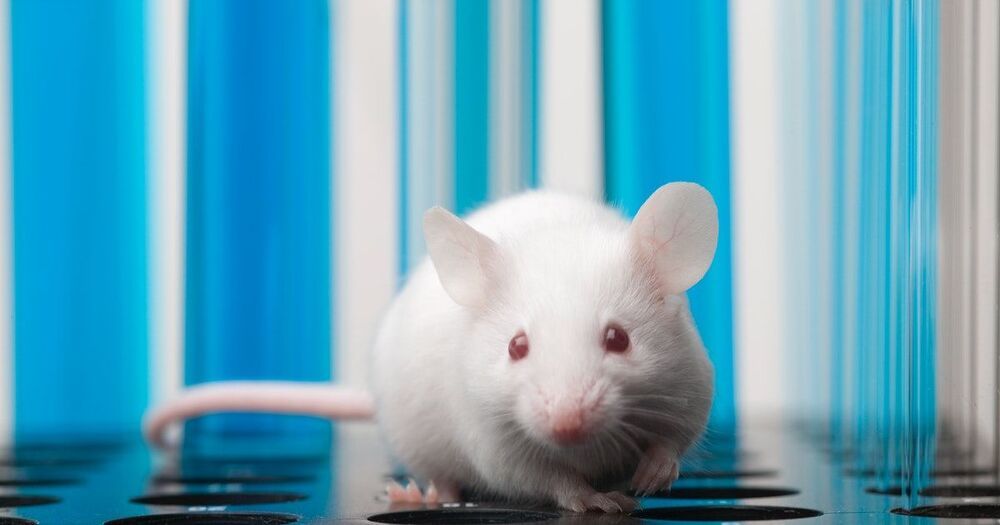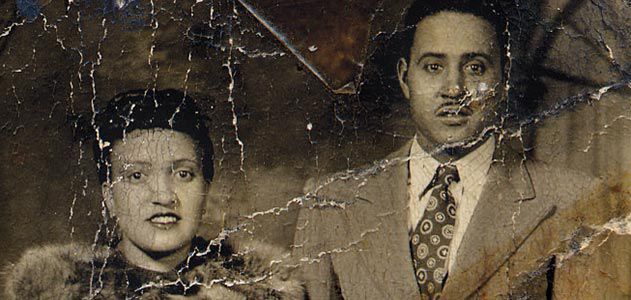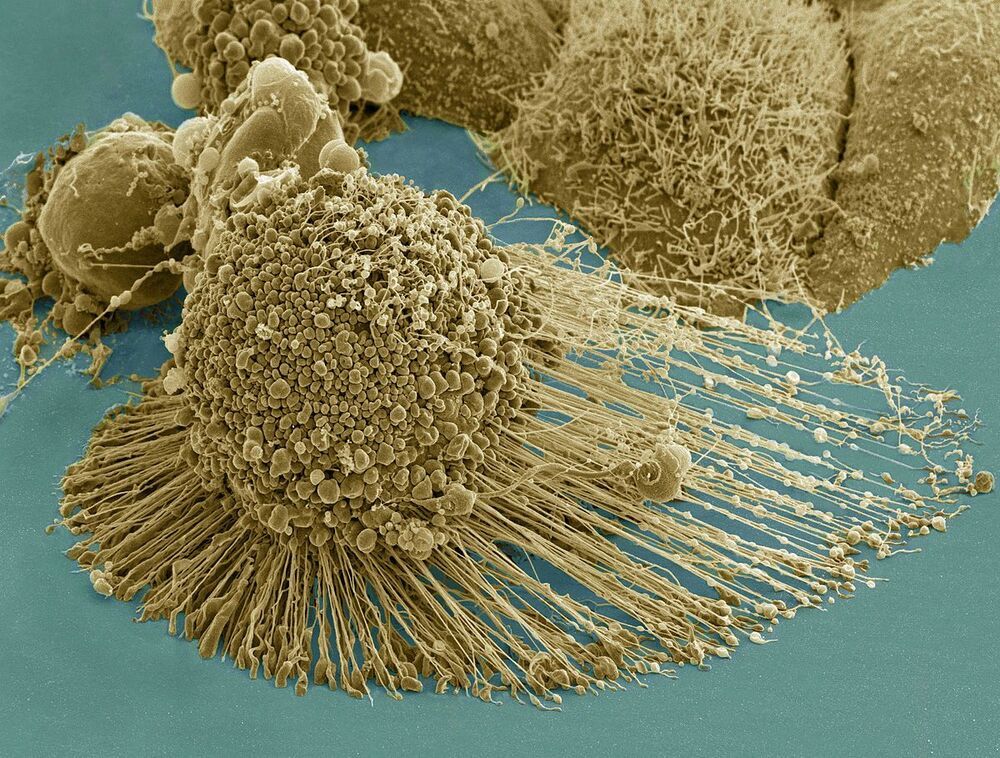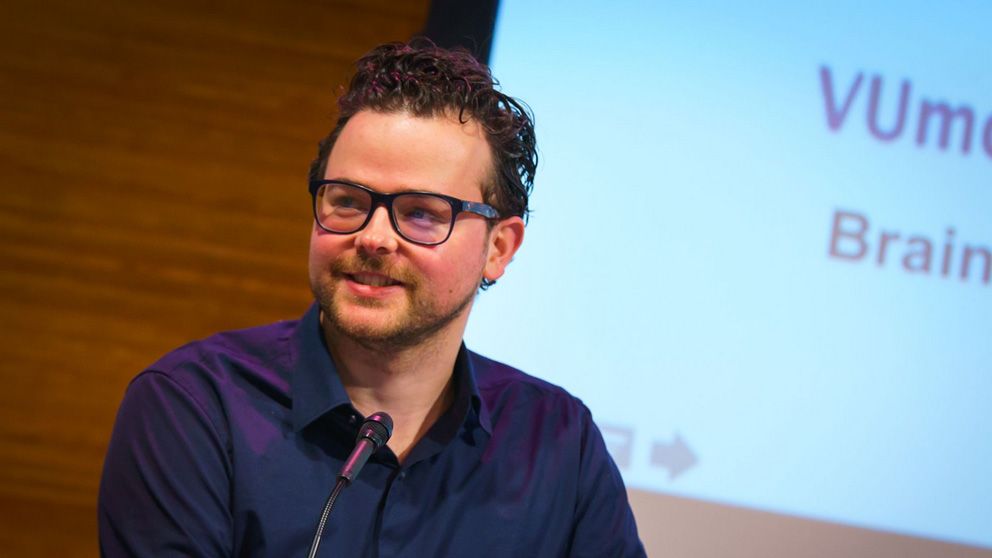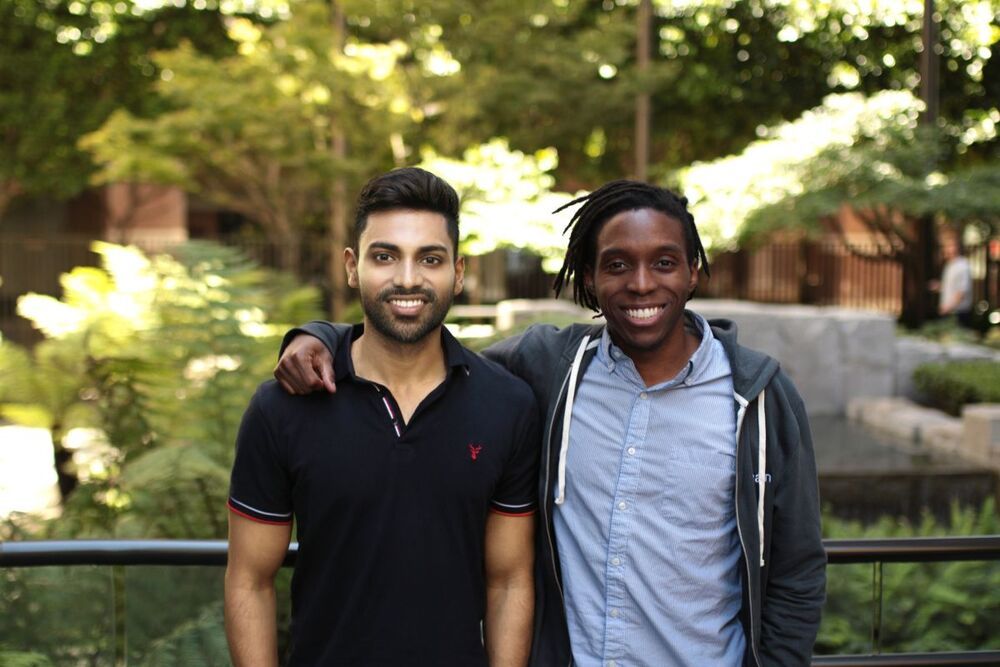For thousands of years, humans have used honey, propolis, and venom from the European honeybee Apis mellifera as medicines.
More recently, scientists have discovered that honeybee venom and its active component, melittin, are toxic to a wide range of tumors — including melanoma, lung, ovarian, and pancreatic cancers — in laboratory tests.
Melittin is the molecule that creates the painful sensation of a bee’s sting. Scientists do not fully understand how it kills cancer cells, however.
